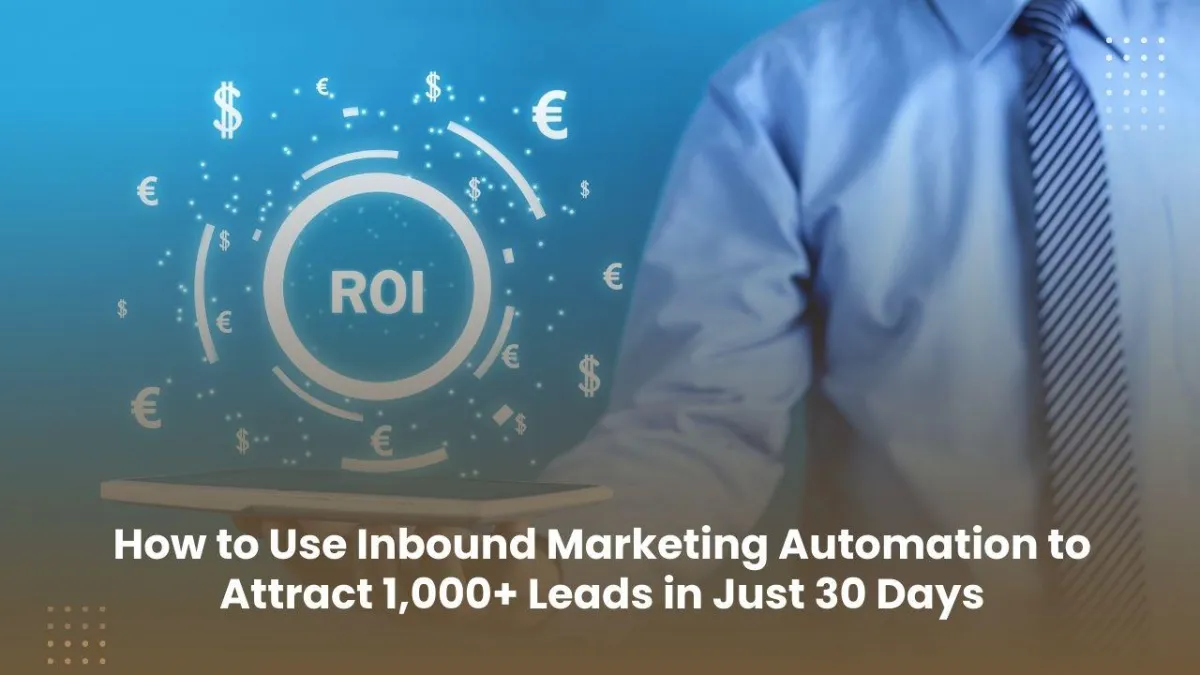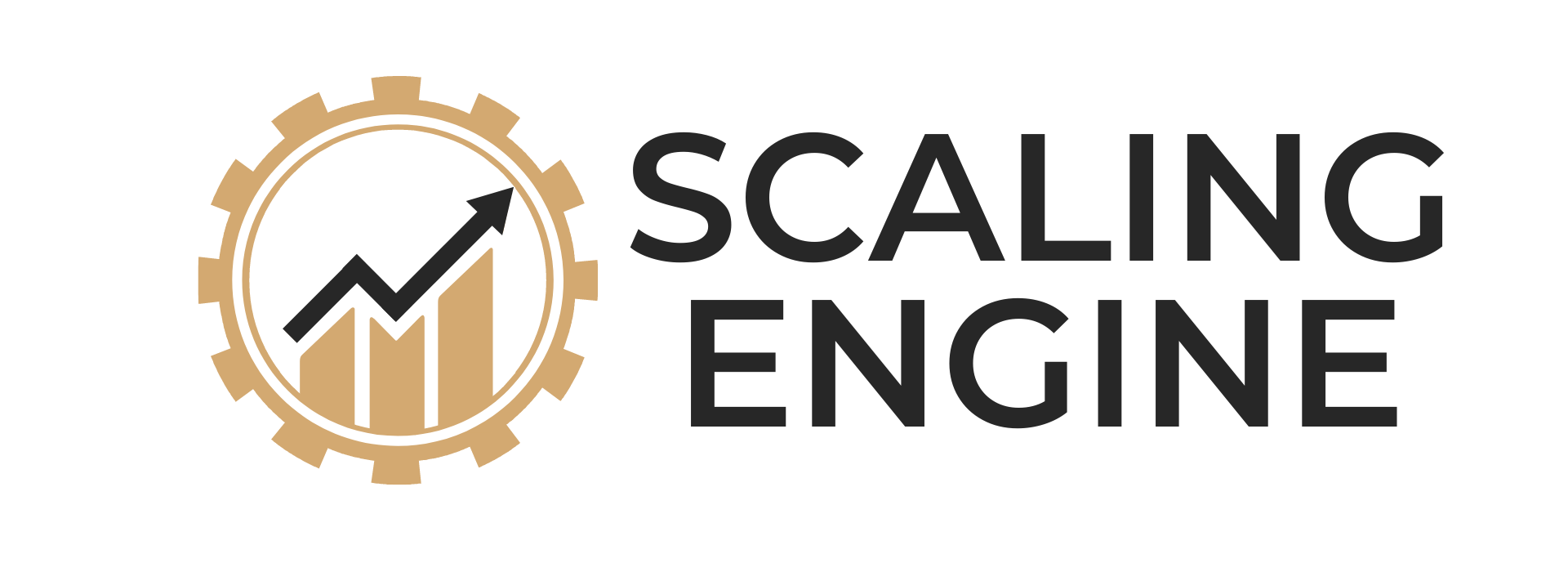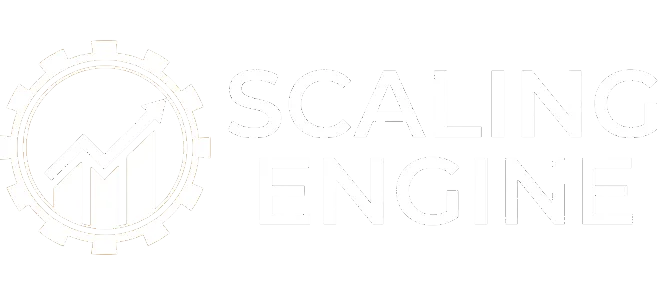
How to Use Inbound Marketing Automation to Attract 1,000+ Leads in Just 30 Days
Inbound marketing automation is a game-changer for businesses seeking to streamline lead generation, boost conversion rates, and maximize marketing ROI. With the power of automation, businesses can scale their efforts, reach more prospects, and nurture relationships without investing extensive time and resources. In this blog post, we’ll explore how you can leverage inbound marketing automation to attract 1,000+ leads in just 30 days by setting up effective systems, using strategic content, and automating your workflows.
Understanding Inbound Marketing Automation
At its core, inbound marketing automation refers to using technology and tools to streamline marketing processes that attract, engage, and delight customers. This strategy integrates several elements—like email marketing, social media management, and customer relationship management (CRM)—to ensure consistent and personalized communication with leads, which increases the chances of converting them into paying customers.
Unlike traditional outbound marketing, which relies heavily on cold calls, advertising, and direct outreach, inbound marketing attracts leads through content, social media engagement, SEO, and automated follow-ups. By automating these tasks, you ensure that no lead falls through the cracks while maintaining efficiency.
Why Inbound Marketing Automation is Essential for Growth
As businesses scale, managing each lead manually becomes inefficient and time-consuming. Here are some of the primary benefits of using inbound marketing automation:
Time Savings and Efficiency: Automating repetitive tasks like email campaigns, social media posts, and lead nurturing frees up time for your team to focus on high-level strategy.
Increased Lead Generation: By creating automated systems, you can capture more leads through multiple channels without manual intervention. This scalability is crucial when trying to hit ambitious lead goals, like attracting 1,000+ leads in 30 days.
Personalization at Scale: Automation tools allow you to deliver personalized content to leads at the right time, improving engagement and conversion rates.
Improved Lead Nurturing: Through automated workflows, leads receive consistent follow-ups and reminders, increasing their chances of moving through the sales funnel.
Setting Up Your Inbound Marketing Automation System
To attract 1,000+ leads in 30 days, you need a robust inbound marketing automation strategy that includes the following steps:
Create a Lead Magnet to Attract Your Audience
The first step in attracting leads is offering something valuable in exchange for their contact information. A lead magnet could be an eBook, a free webinar, a checklist, a white paper, or any other resource your target audience finds valuable.
Make sure your lead magnet aligns with the interests and pain points of your ideal customers. The goal is to attract prospects who are genuinely interested in your business or service. Automate the delivery of your lead magnet using a simple form on your website and connect it to your CRM system for easy follow-up.
Optimize Your Website for Lead Capture
Ensure that your website is set up to capture leads efficiently. Use strategically placed forms, pop-ups, or call-to-action (CTA) buttons across your landing pages. Consider using a landing page builder integrated with your marketing automation tools to create high-converting pages quickly.
The forms should be simple, asking for basic information like name, email, and company. For better lead qualification, consider adding a short survey or qualifying questions to segment leads based on their level of interest or readiness to buy.
Implement Lead Scoring to Prioritize the Best Prospects
Not all leads are created equal. Lead scoring is a method of ranking leads based on their level of engagement and how likely they are to convert into paying customers.
Marketing automation tools allow you to set up lead scoring based on various actions such as opening an email, downloading a lead magnet, or interacting with a piece of content. This helps your sales team prioritize the best leads, increasing the efficiency of follow-up efforts.
Set Up Automated Email Sequences for Lead Nurturing
Once you’ve captured leads, it’s time to nurture them. Automated email sequences allow you to stay in touch with your prospects over time, providing them with relevant content that moves them through the sales funnel.
For example, you might send a series of educational emails that showcase your expertise, followed by a case study, and finally, an offer for a consultation or product demo. The goal is to keep leads engaged while gradually warming them up to make a purchase.
Use Social Media Automation to Engage with a Broader Audience
Social media platforms are powerful tools for driving inbound traffic, and automation can help you manage your social media presence more efficiently. Tools like Buffer, Hootsuite, or Sprout Social allow you to schedule posts, track engagement, and analyze performance all from one dashboard.
By automating your social media efforts, you can consistently share valuable content without having to manually post every day. This helps build brand awareness, drive traffic to your website, and convert social followers into leads.
Using CRM Integration for Seamless Lead Management
CRM integration with your inbound marketing automation platform is essential for managing and nurturing leads effectively. A CRM system helps track lead interactions, providing valuable insights into where prospects are in the sales cycle.
By integrating your CRM with your email marketing and automation system, you ensure that all lead information is captured and tracked in one place. This eliminates manual data entry and allows for a more personalized follow-up experience.
Measure Marketing Automation ROI to Ensure Success
A successful inbound marketing automation campaign doesn’t end with 1,000 leads in 30 days. You need to continually measure your marketing automation ROI to assess the effectiveness of your efforts.
Set clear goals for lead generation, conversion rates, and sales. Use built-in analytics tools from your marketing automation platform to track metrics like email open rates, click-through rates, and landing page conversions. With this data, you can refine your campaigns and ensure that your strategies are consistently delivering results.
Examples of Marketing Automation in Action
To truly understand the impact of marketing automation, let’s look at a few examples:
Email Drip Campaigns: A digital marketing agency might set up a series of automated emails for leads who have downloaded an eBook on SEO. The first email could introduce their services, while the second email might offer a case study of how they helped a client achieve higher rankings. Over time, the emails build trust and drive conversions.
Social Media Scheduling: A clothing brand could use marketing automation tools to schedule posts across platforms like Instagram, Facebook, and Twitter. These posts could feature new product arrivals, promotions, or blog posts that lead back to the brand’s website, all while keeping engagement consistent without manual posting.
Lead Qualification with Chatbots: Using a chatbot on your website can automate the lead qualification process. For instance, the chatbot could ask website visitors a few questions, such as their budget or the product they’re interested in. Based on their answers, the system can trigger personalized follow-up emails or assign the lead to the appropriate sales rep.
Advanced Techniques for Accelerating Lead Generation
There are a few advanced techniques that can take your inbound marketing automation efforts to the next level.
Implementing AI-Driven Personalization
One of the most effective ways to boost your marketing automation efforts is by incorporating artificial intelligence (AI). AI-driven personalization allows you to deliver content, offers, and recommendations based on user behavior, preferences, and past interactions.
For example, if a lead has interacted with a particular blog post or downloaded a specific guide, AI can automatically send them more targeted content on that topic. This level of personalization significantly improves lead engagement and conversion rates.
Many marketing automation platforms, such as Scaling Engine, now include AI-powered tools that can analyze user behavior, segment your audience, and trigger automated actions. Whether it's personalized email content, smart retargeting ads, or content recommendations, AI helps deliver the right message at the right time.
Automate Follow-Ups with Multi-Channel Campaigns
Incorporating multiple channels into your marketing automation strategy can significantly expand your reach. Consider automating follow-ups through email, SMS, social media messages, and even voice calls. Multi-channel campaigns ensure that no matter how a lead interacts with your business, they receive timely and relevant communication.
For example, after a lead downloads your lead magnet, they might first receive an email with additional information, followed by a text message reminder to schedule a consultation. If they still haven’t responded, a targeted Facebook ad could appear on their feed, reminding them of the value your business provides.
Multi-channel campaigns also help increase visibility and brand awareness, keeping your business top-of-mind for leads as they move through the decision-making process.
Nurture Leads with Interactive Content
Interactive content, such as quizzes, polls, and surveys, engages leads more effectively than static content. These types of content not only keep users engaged but also provide valuable insights into their preferences and interests.
By incorporating interactive elements into your marketing automation strategy, you can segment your audience more precisely and personalize your follow-up messages. For instance, if you run a quiz asking leads about their biggest marketing challenges, you can use their responses to tailor your emails, offering solutions that directly address their pain points.
This interaction enhances lead quality, as prospects are more likely to convert when they feel that the content is relevant to their needs.
Build a Robust Referral Program
A referral program is an excellent way to generate leads quickly, especially when combined with automation. You can create automated email sequences encouraging your current customers to refer friends, family, or colleagues in exchange for rewards, discounts, or exclusive offers.
Once a lead is referred to your business, the system can automatically nurture them with personalized content or offers based on their behavior. This approach taps into the power of word-of-mouth marketing and social proof, which often results in higher-quality leads that convert faster.
Use Behavioral Triggers to Drive Lead Engagement
Behavioral triggers are actions that a lead takes on your website or within your emails that indicate they are ready to engage with your business further. These triggers could include actions such as:
Visiting a product page multiple times
Clicking on a CTA
Spending a certain amount of time on your site
Opening a series of emails
By setting up automated workflows that respond to these behaviors, you can deliver highly targeted content or offers that push leads further down the funnel. For example, if a lead repeatedly visits a specific product page but hasn’t yet made a purchase, an automated email offering a discount or highlighting product benefits could prompt them to take action.
Maximizing Marketing Automation ROI
Tracking your marketing automation ROI is crucial to ensuring the success of your efforts and improving your strategies over time. Here are some key steps to measure and optimize your ROI:
Define Clear Metrics and KPIs
Before launching your automation campaigns, it's essential to define key performance indicators (KPIs) that will help you measure success. These might include:
Lead generation numbers
Conversion rates
Customer acquisition cost (CAC)
Return on investment (ROI)
By establishing clear goals from the start, you can better track your performance and identify areas for improvement.
Use Analytics to Refine Your Campaigns
Marketing automation tools often come with built-in analytics that track the performance of your campaigns. Use these insights to see how different emails, landing pages, and CTAs are performing. If certain tactics are generating better results, you can double down on those strategies.
For example, if you find that your email open rates are higher when you use a specific subject line or type of content, implement those insights into future campaigns.
A/B Testing for Continuous Improvement
A/B testing allows you to compare two versions of the same content—such as an email subject line, a CTA, or a landing page—to determine which performs better. With marketing automation, you can easily set up and track A/B tests, helping you refine your strategy to improve lead generation and conversion.
By continually testing different variables and optimizing based on data, you ensure that your inbound marketing automation system is always improving and providing better ROI over time.
Integrate with Sales Teams for Smooth Handover
Your marketing automation system doesn’t operate in a vacuum—it should seamlessly integrate with your sales teams to ensure a smooth handover of leads. This integration helps sales teams understand where each lead is in the sales funnel, making it easier to follow up and close deals.
Automation tools allow for CRM integration, so when a lead meets certain criteria (such as a high lead score or clicking a CTA for a consultation), they are automatically added to the sales pipeline. This ensures that sales teams are always working with the most up-to-date information, increasing their efficiency and improving your overall ROI.
Scaling Your Lead Generation with Automation
The beauty of inbound marketing automation is that it’s scalable. Once you’ve perfected your strategy for attracting 1,000+ leads in 30 days, you can continue to refine and scale your efforts to generate even more leads over time. Automation allows you to handle larger volumes of leads without the need for additional manual effort, which is crucial for sustainable growth.
By continuously adding new lead magnets, content offers, and workflows to your automation system, you can keep generating leads month after month while optimizing each step in the process.
Conclusion: Why Inbound Marketing Automation is Key to Business Growth
Inbound marketing automation provides businesses with the tools and strategies necessary to scale lead generation, improve conversion rates, and drive revenue. By automating lead capture, nurturing, and follow-ups, businesses can attract 1,000+ leads in just 30 days, allowing them to grow their customer base without significant manual effort.
By incorporating advanced tactics such as AI-driven personalization, multi-channel campaigns, and behavioral triggers, you can further enhance the impact of your automation efforts. Regularly measuring your marketing automation ROI and refining your strategies will ensure that you continue to attract quality leads and improve business outcomes.
Ultimately, inbound marketing automation is not just about generating leads; it’s about creating a sustainable, scalable system that drives business growth and delivers long-term value. With the right tools, strategies, and continuous optimization, you can transform your lead-generation process and achieve measurable success.


